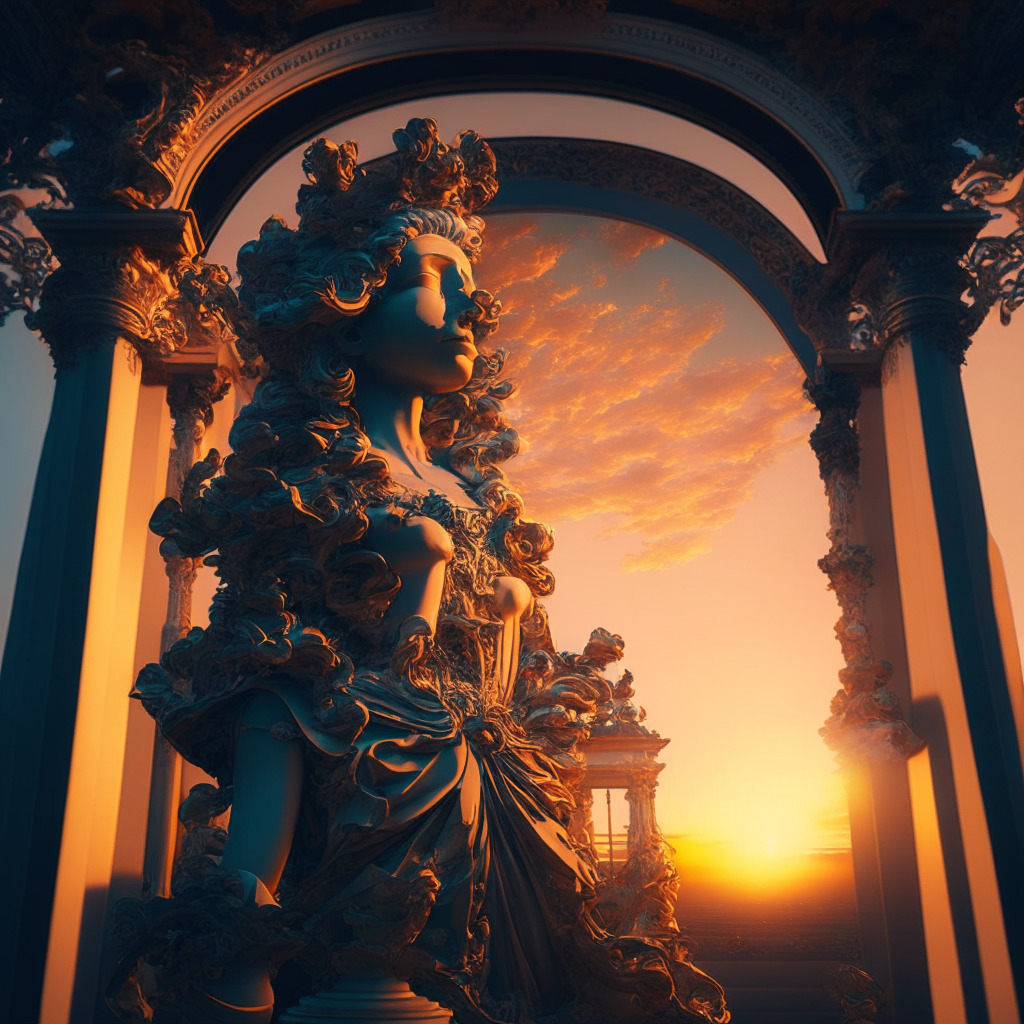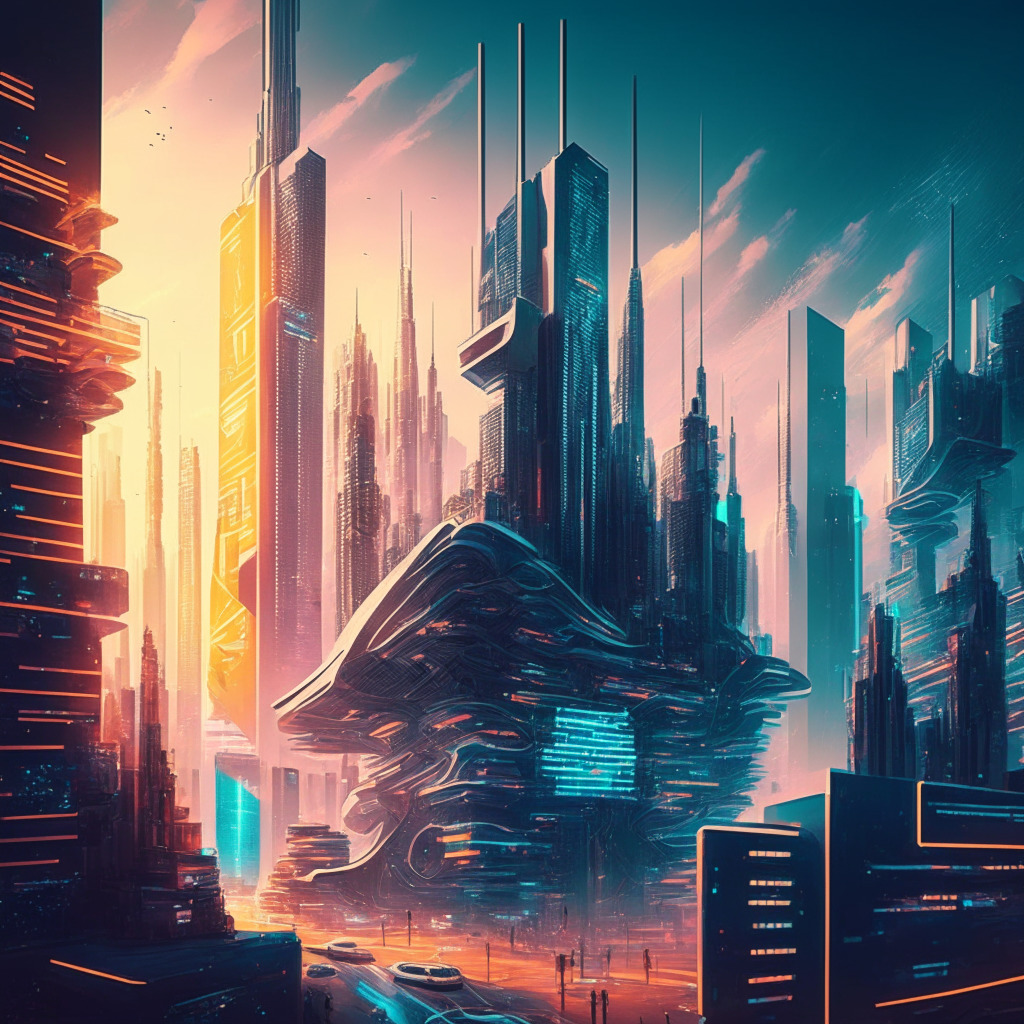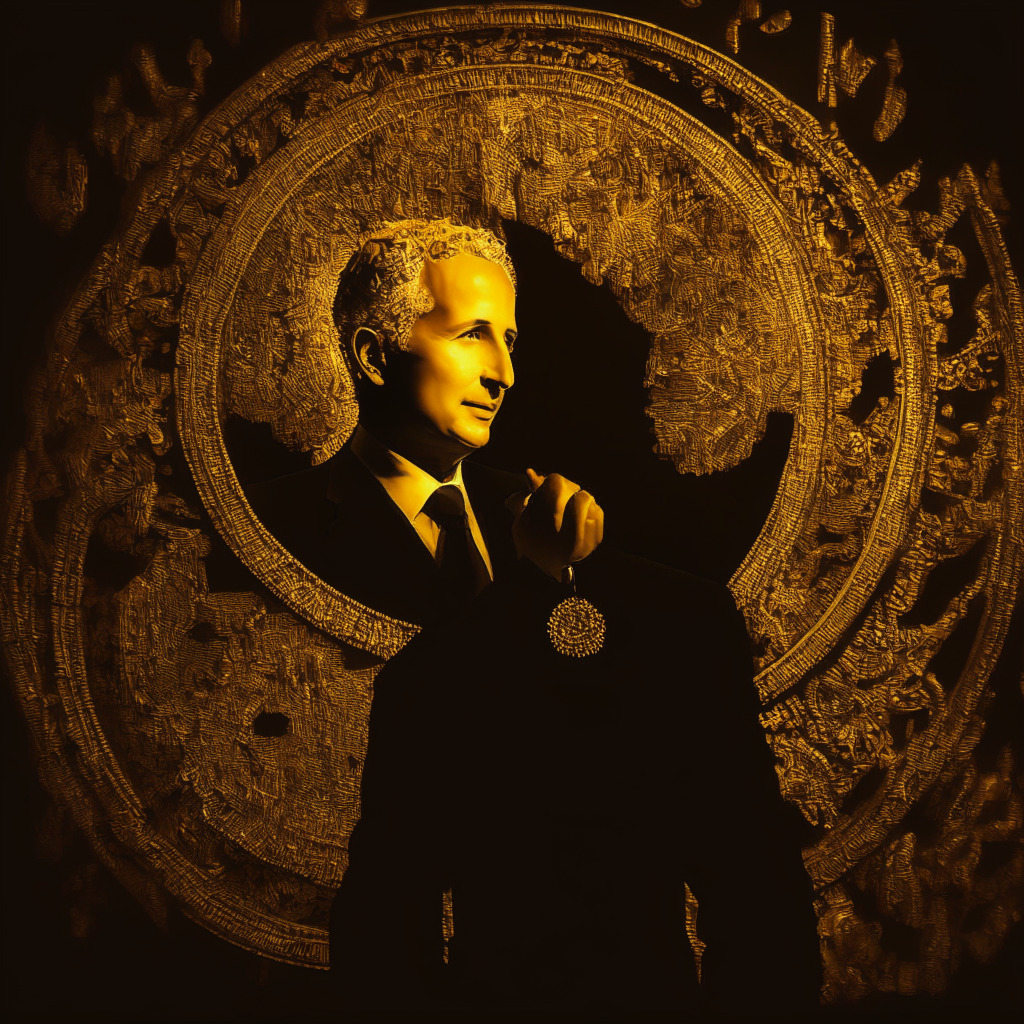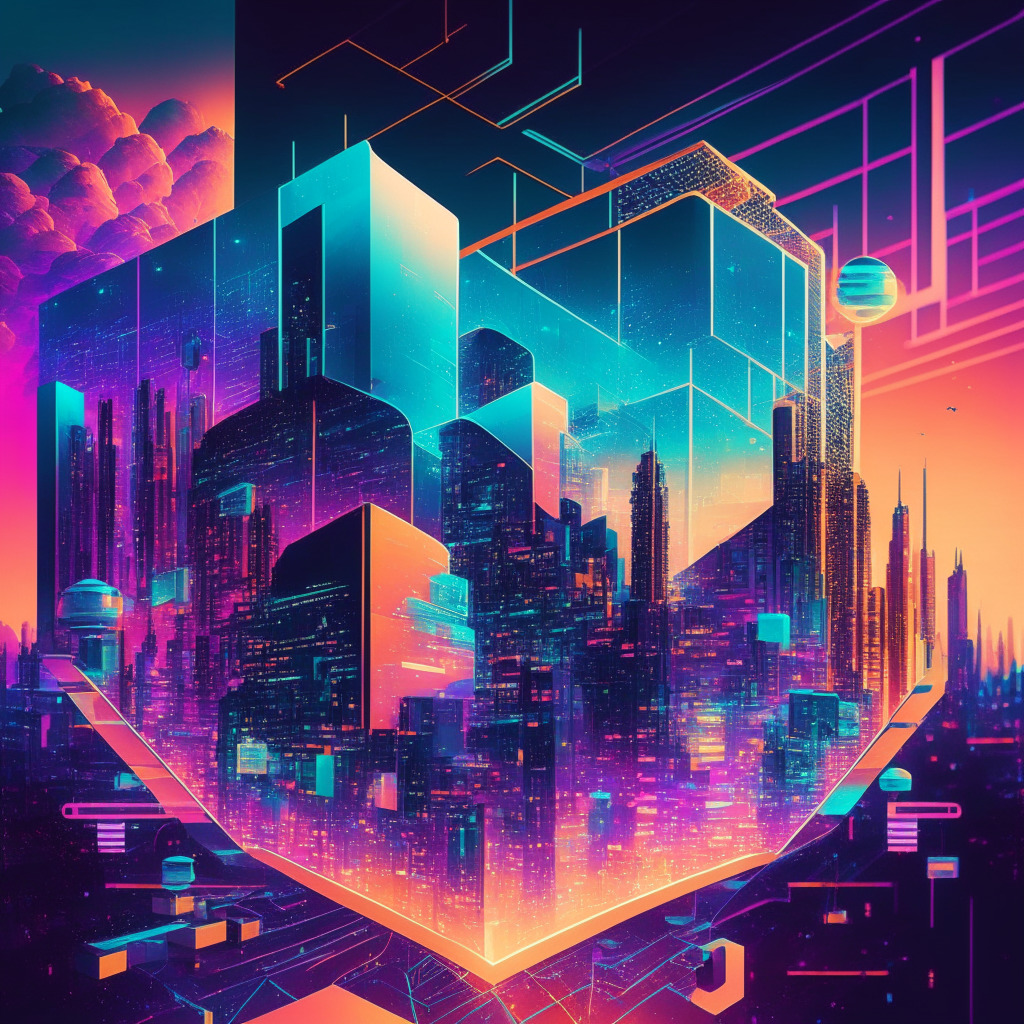The world of art has been revolutionized with the advent of artificial intelligence (AI), starting with the astounding $432,500 auction of “Portrait of Edmond Belamy” in 2018. Since then, AI-generated images have evolved and become more sophisticated, even winning prizes at competitions like the Colorado State Fair. Nonetheless, this emerging field brings forth concerns and differing opinions on originality, authorship, and authenticity—fundamental aspects of artistic expression.
Some fear that AI could render artists obsolete, much like digital printing technology displaced analog typesetters and block makers. However, this viewpoint is quite narrow, for creativity and ideation—the essence of art—will still stem from the human mind, even as AI takes on more menial and repetitive tasks.
At the same time, ethical issues like copyright violations emerge, as seen in recent lawsuits against companies like Midjourney, Stability AI, and DeviantArt. Artists took legal action when their works were used in AI training models without permission or compensation. Ending such practices is crucial for long-term adoption and trust in the AI-generated art sphere.
Debates around mimicry and homogenization arise, particularly concerning the growing popularity of text-to-image tools, but AI-generated artworks are carving out their own niche in the art ecosystem. Moreover, artists such as Boris Eldagsen argue that AI-generated images should be considered a distinct category within art, rather than being compared to or grouped with other forms, such as photography or painting.
As AI and humans collaborate more frequently within the realm of artistic expression, new horizons open up for creators. Tools like Midjourney, Dall-E, and BlueWillow permit anyone with a creative mind to make high-quality digital artwork, fostering artistic inclusion and enabling professionals to work faster and more efficiently.
In the face of rapid technological progress, it is essential to embrace the opportunities that AI-generated artwork presents, rather than resisting the shift. Just as photography enriched the art world, AI-made images hold vast potential for unprecedented artistic expression. Coupling AI with emerging technologies like non-fungible tokens (NFTs) allows artists to create at a scale, speed, and variety previously unimaginable – a testament to a diverse, community-focused, and technologically innovative future of art.
Source: Cointelegraph




